Summer Science Ideas That Will Set Your Child up for Next School Year
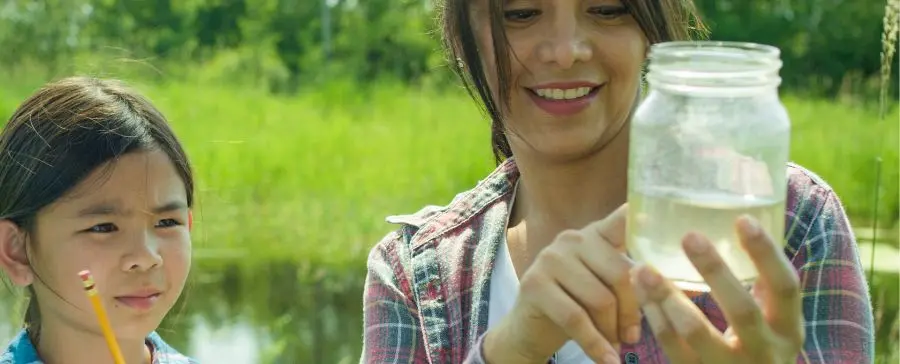
When we were kids, we remember summer being a time for play and unstructured learning. Now you see articles with tips on “how to get your child ahead” with militant summer science learning schedules, and summer science camps that look more like SAT prep classes.
While there is data pointing to some learning loss experienced over the summer, is turning summer vacation into a rigorous and condensed academic course that’s expected to be created and executed by parents and caregivers really the answer?
We don’t think so! But that doesn’t mean that learning needs to stop over summer either. Here are 4 fun summer science ideas you can use to keep your child interested in science over the summer, and even fill in some of the gaps in scientific knowledge that they may have if their school doesn’t focus as much on science during the year.
Table of Contents
- 1. Go on a Nature Walk (Or a Few)!
- 2. Do Summer Science Experiments in the Kitchen
- 3. Watch Educational Videos
- 4. Try as Many Hands-on Summer Science Experiments as You Can
1. Go on a Nature Walk (Or a Few)!
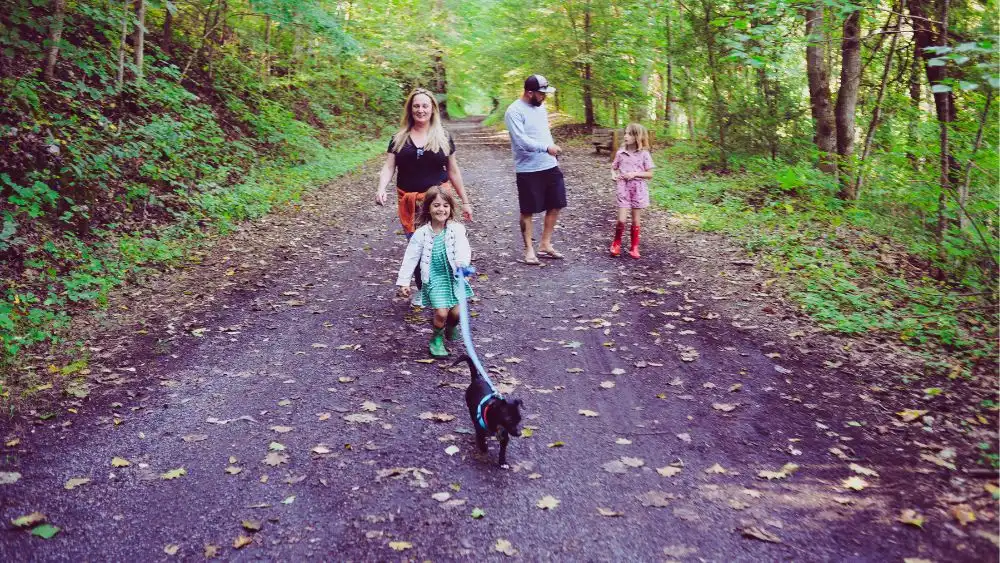
A nature walk is exactly what it sounds like: a walk in nature. An ever-increasing amount of research suggests that time in nature improves children’s ability to learn by restoring their attention, helping them relieve stress, promoting their self-discipline, and more. If you’re not sure what to do on your nature walks, you can try:
- Letting your child lead the way
- Bringing supplies for them to write about or draw the things they see
- Listening to what they have to say about their surroundings & ask them open-ended questions
- Making up a scavenger hunt to find different kinds of plants, animals, sounds, etc.
- Bringing a magnifying glass or binoculars
Looking for more ideas for your nature walks? These plant and animal nature walk lessons + activity guides come with your Montessori Laboratory membership:
Beyond these lessons, here are additional summer science activities that can enrich your nature walk experience:
- Create a nature journal: Encourage your child to keep a nature journal where they can record observations, sketch plants or insects, or even press leaves or flowers.
- Use a camera: Allow your child to take photos of wildlife or landscapes. This can develop their observation skills and love for photography.
- Study the weather: Before heading out, discuss the weather forecast and observe how the weather affects the environment during your walk.
- Collect natural items: Collect leaves, rocks, or pinecones to examine later. Be sure to discuss the importance of preserving the environment and not disturbing the natural habitat.
- Practice mindfulness: Teach your child to use their senses to observe their surroundings. Ask them to close their eyes and identify sounds, or take deep breaths to smell the air.
- Learn navigation skills: Show your child how to use a compass or read a map. This can be a fun way to learn about directions and spatial awareness.
- Discuss ecosystems: Talk about the different plants and animals you see and how they interact with each other and their environment.
- Observe patterns in nature: Look for patterns in leaves, flowers, and insects. Discuss symmetry, shapes, and colors found in the natural world.
- Teach respect for nature: Instill a sense of stewardship for the environment by teaching children not to litter, and to respect wildlife.
- Visit different settings: To keep the walks interesting, visit different natural settings like forests, beaches, mountains, or parks.
Remember, the goal of a nature walk is to engage with the environment in a meaningful way. Each walk can be a new adventure and a learning opportunity!
2. Do Summer Science Experiments in the Kitchen
One of the best things about experimenting in the kitchen is that it gives children a very real and relevant application of the scientific topics they’re learning about. While it might be tempting to just start mixing things, that’s not always the safest bet depending on where you’re grabbing from. Here are a few kitchen science experiments you can start with that include questions to promote scientific thinking, and explanations of what’s happening to make them an enriching summer science experience:
Make plastic toys out of milk
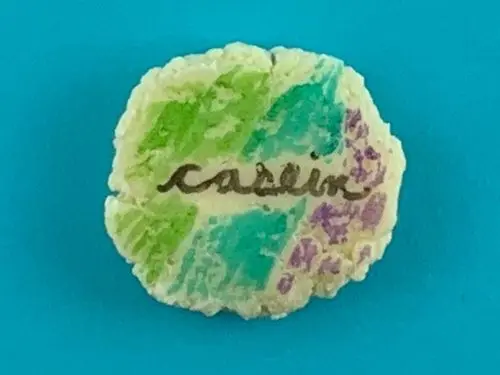
Explore the exciting world of precipitates by turning milk into plastic with this fun experiment! All you’ll need are some basic kitchen ingredients that you likely have on hand. You’ll heat milk and vinegar together, which causes the casein proteins in the milk to denature and precipitate out into solid pieces. Then you’ll filter and dry the milk protein solids to create a moldable plastic material that you can shape however you want.
If you want a bigger picture on why some particles mix while others separate, you can check out the Combining and Separating lesson. It explores the basics of mixtures, solutions, and chemical reactions. After learning about those concepts, decorating your homemade milk plastic with markers to create unique toys and decorations will be even more meaningful.
Learn about hydrophobic hot cocoa
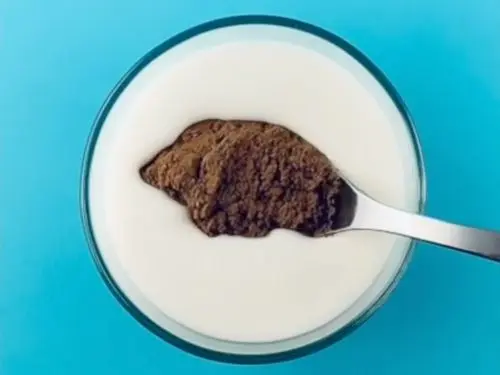
You might not associate hot cocoa with summer science, but hydrophobicity is an exciting topic to explore any time of the year! In the Hydrophobic Hot Cocoa experiment, you’ll use cocoa powder to learn about an important chemistry concept called hydrophobicity. When you do the experiment, it may seem like magic, but there’s real science behind it!
You’ll dip a spoonful of cocoa powder into milk and you’ll observe how the powder’s particles interact with the water-based milk. After seeing what happens, you can read more about hydrophobicity and how the experiment works.
Make a sedimentary rock with candy

Want to switch gears from chemistry to earth science, and learn about how sedimentary rocks are made? In the Make a Sedimentary Rock activity, you’ll use different colored candies to represent different sediment layers. Crushing the candies and stacking the “sediment” in a beaker mimics how sedimentary rocks form over time in nature. Then, the pressure from the weight squeezes the layers together into a solid rock, just like with natural sedimentary rocks.
While your candy rock may not be exactly the same as a true sedimentary rock, the principles of layered deposition over time are similar. If you want to learn more about how the process works, you can start with a lesson on sedimentation before diving into the experiment.
Watch fire jump from a lighter to a candle
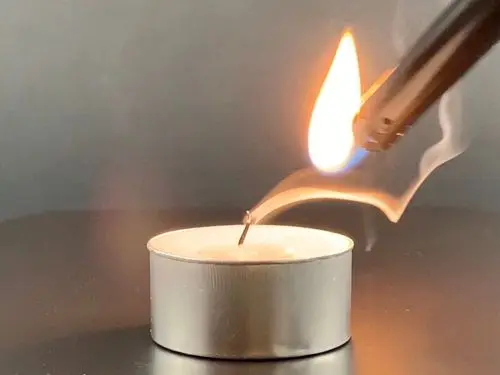
In the Jumping Flames activity, you’ll attempt to light a candle wick without touching it using the flame from a lighter. With the right timing, you’ll be able to make the flame seem to magically “jump” through the air onto the candle.
While it appears supernatural, there’s real combustion science behind this trick that you can read about after you do the experiment!
3. Watch Educational Videos
We live in this amazing time period where you can explore the depths of the ocean from your living room couch, go on a virtual nature walk if you don’t have access to safe outdoor spaces, or even join astronauts on their mission to space before lunch. Here are a couple of ways to make sure your child’s screen time this summer is part of their learning experience rather than taking away from it:
- Let them pick a topic they are interested in learning about. This autonomy enhances engagement and makes learning a pursuit of personal interest, not just an educational requirement.
- Opt for videos that ignite curiosity and enthusiasm for science. These resources should be both informative and captivating, turning complex concepts into compelling narratives.
- Ask questions before, during, or after the video. This practice helps solidify understanding and promotes active rather than passive consumption of content.
- Encourage them to share what they learned in the video during lunch or dinner conversations. This not only reinforces learning but also integrates it into daily life, making education a communal experience.
Remember, the aim is to use screen time as a bridge to learning, curiosity, and real-world engagement, not as a substitute for active exploration and critical thinking. With the right approach, screen time can be a valuable addition to a child’s educational toolkit, stimulating their mind and expanding their worldview.
4. Try as Many Hands-on Summer Science Experiments as You Can
Experimentation is a key part of the elementary learning experience. Experimenting teaches children about formal scientific inquiry, helps their imaginative minds build images of scientific concepts, and promotes the development of soft skills like executive functioning, problem-solving, and project planning. And the best part is, they’re fun too!
You can find tons of great experiments with a quick Google or Pinterest search. If you want something that will connect all of the different experiments you can do into a big-picture learning experience that will flow seamlessly into the school year, check out Montessori Laboratory.
So you see, summer science can be an enriching and robust part of your child’s education without having to be perfectly structured and planned out. In fact, you might even have your children asking for more of it if you use some of the ideas from this article!
The First Great Lesson
Where did the stars come from? And the Sun? How was our Earth created? And what about the rest of…
Combining and Separating
Why does sand settle to the bottom of the ocean, but salt mixes in? How do people get sea salt out…
How Did Humans Discover Fire?
When did we start using fire? What 3 components does fire need to burn?
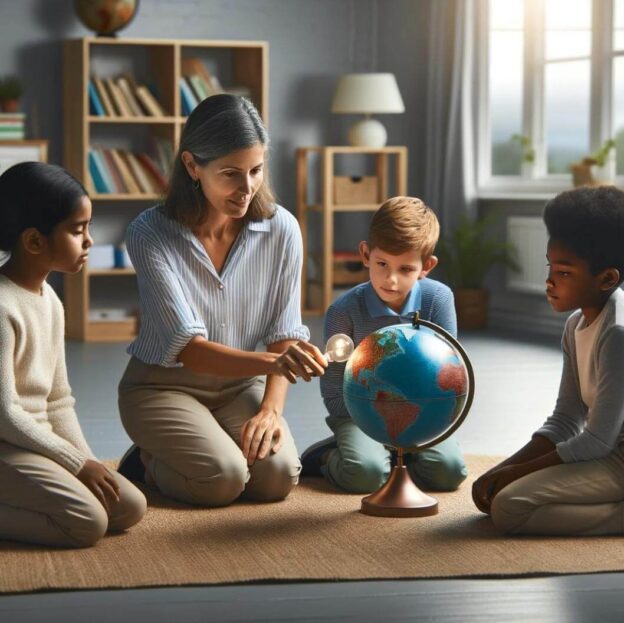


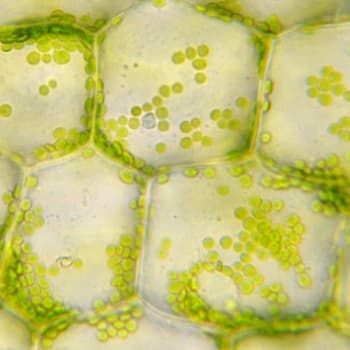

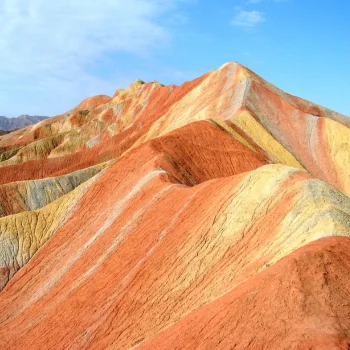
Responses